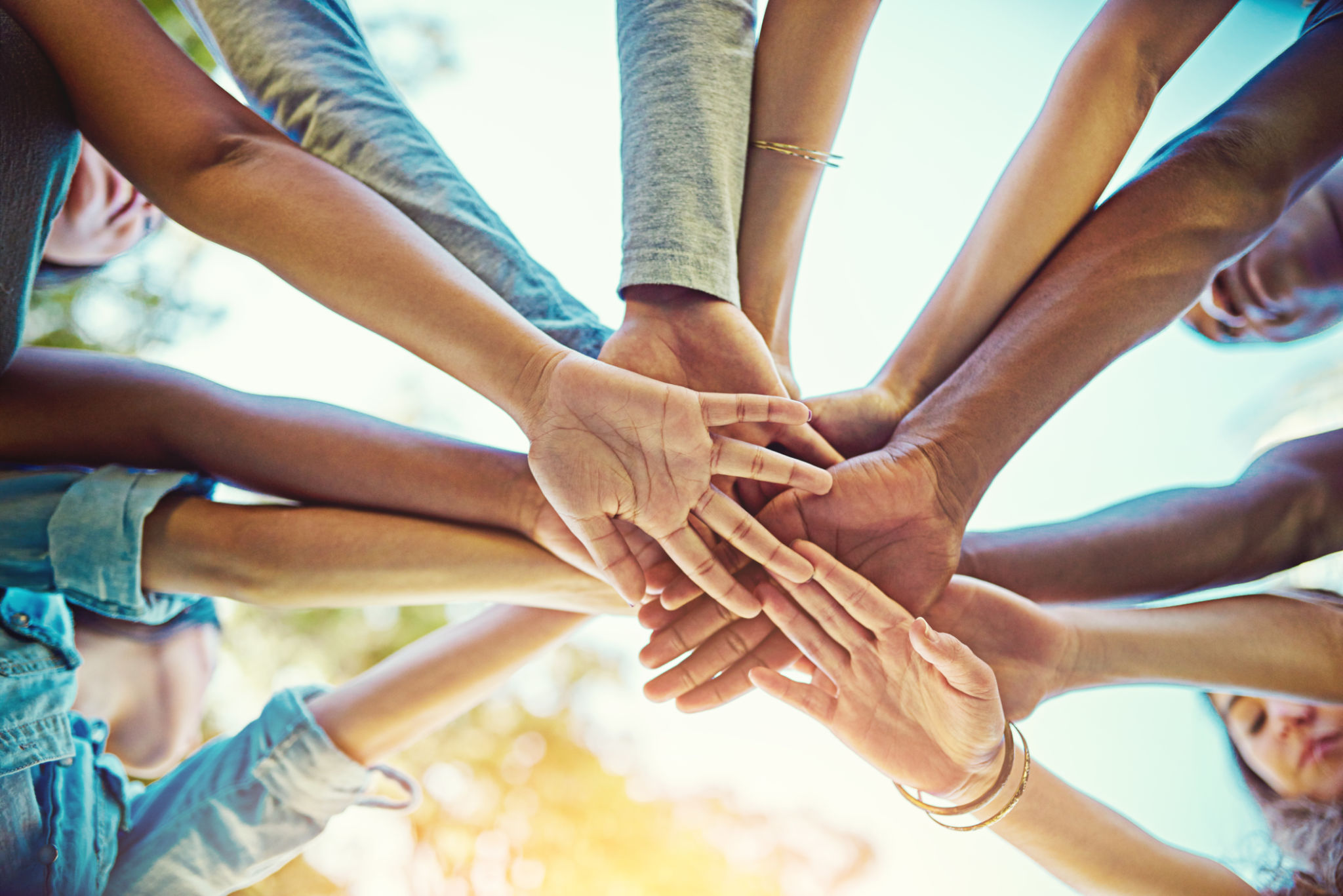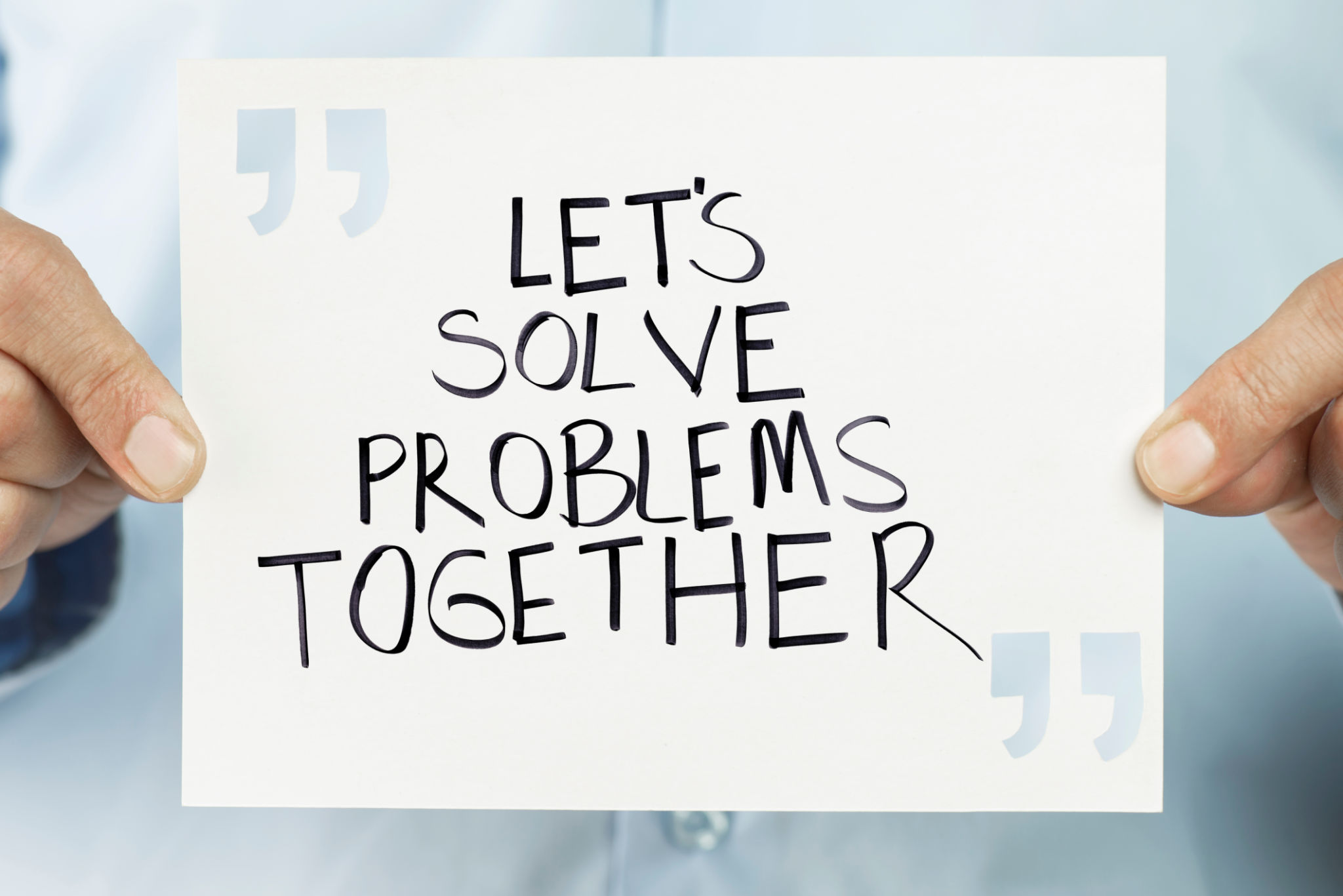Understanding Equality Advocacy: A Comprehensive Guide
Introduction to Equality Advocacy
Equality advocacy is an essential movement aimed at promoting equal rights and opportunities for all individuals, regardless of their background, gender, race, or socioeconomic status. It seeks to address systemic inequalities and empower marginalized communities to achieve fair treatment in various aspects of life. Understanding this advocacy is crucial for anyone looking to contribute positively to society.
At its core, equality advocacy involves raising awareness, influencing policy changes, and fostering inclusive environments. By supporting this cause, individuals and organizations can help dismantle barriers that prevent equal opportunities and create a more just world for everyone.

The Importance of Equality Advocacy
Addressing Systemic Inequalities
One of the primary goals of equality advocacy is to address systemic inequalities that exist in society. These inequalities can manifest in different forms, such as discrimination in the workplace, lack of access to quality education, or unequal healthcare services. By highlighting these issues, advocates aim to bring about changes in policies and practices that perpetuate injustice.
Empowering Marginalized Communities
Equality advocacy plays a significant role in empowering marginalized communities. By amplifying their voices and providing them with the resources necessary to succeed, advocates help individuals from these communities gain confidence and opportunities. This empowerment is vital for fostering a society where everyone can thrive.

Strategies for Effective Advocacy
Raising Awareness
Raising awareness is a key strategy in equality advocacy. This involves educating the public about the challenges faced by marginalized groups and the importance of equal rights. Through campaigns, workshops, and social media engagement, advocates can spread their message and encourage others to join their cause.
Influencing Policy Change
Another critical aspect of equality advocacy is influencing policy change. Advocates work tirelessly to push for legislation that promotes equality and protects the rights of all individuals. By collaborating with policymakers and other stakeholders, they aim to implement long-lasting changes that benefit society as a whole.

Challenges Faced by Equality Advocates
Resistance to Change
Despite the progress made over the years, equality advocates often face resistance to change. Deep-rooted prejudices and misconceptions about different communities can hinder efforts to achieve equality. Overcoming these challenges requires persistence, education, and continuous dialogue with those who may not fully understand the importance of the cause.
Lack of Resources
Many advocacy groups struggle with limited resources, which can impede their ability to reach a wider audience or implement effective programs. Support from individuals, businesses, and governments is crucial in ensuring that these organizations have the necessary tools to continue their important work.

How You Can Contribute
There are several ways individuals can contribute to equality advocacy efforts. One simple way is to educate yourself and others about the issues at hand. Engaging in conversations about equality and challenging discriminatory behavior when you see it can make a significant difference.
Additionally, supporting organizations that focus on equality advocacy through donations or volunteer work can provide them with the resources they need to continue their mission. By taking these steps, you can play a part in creating a more equitable society for all.
